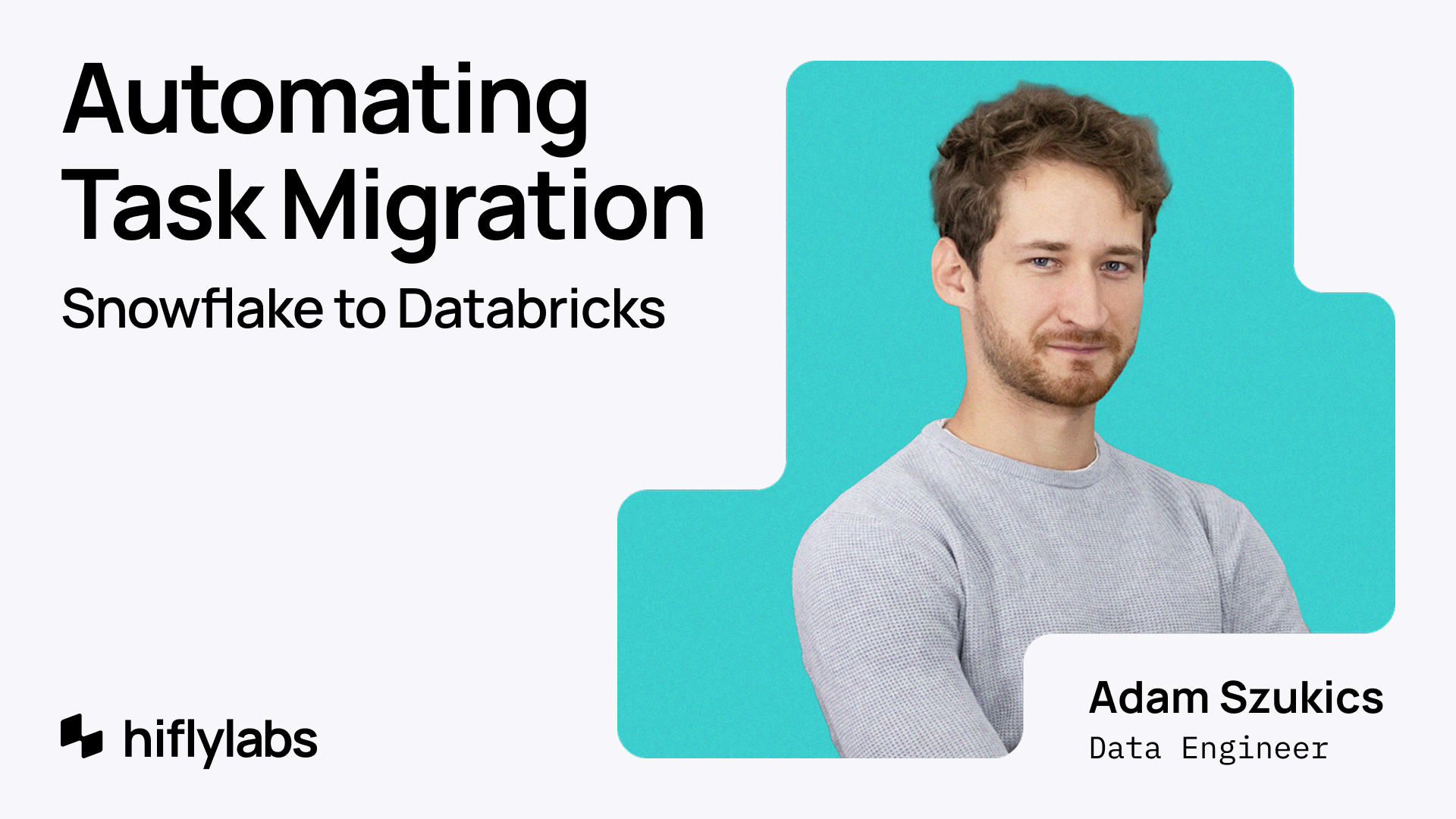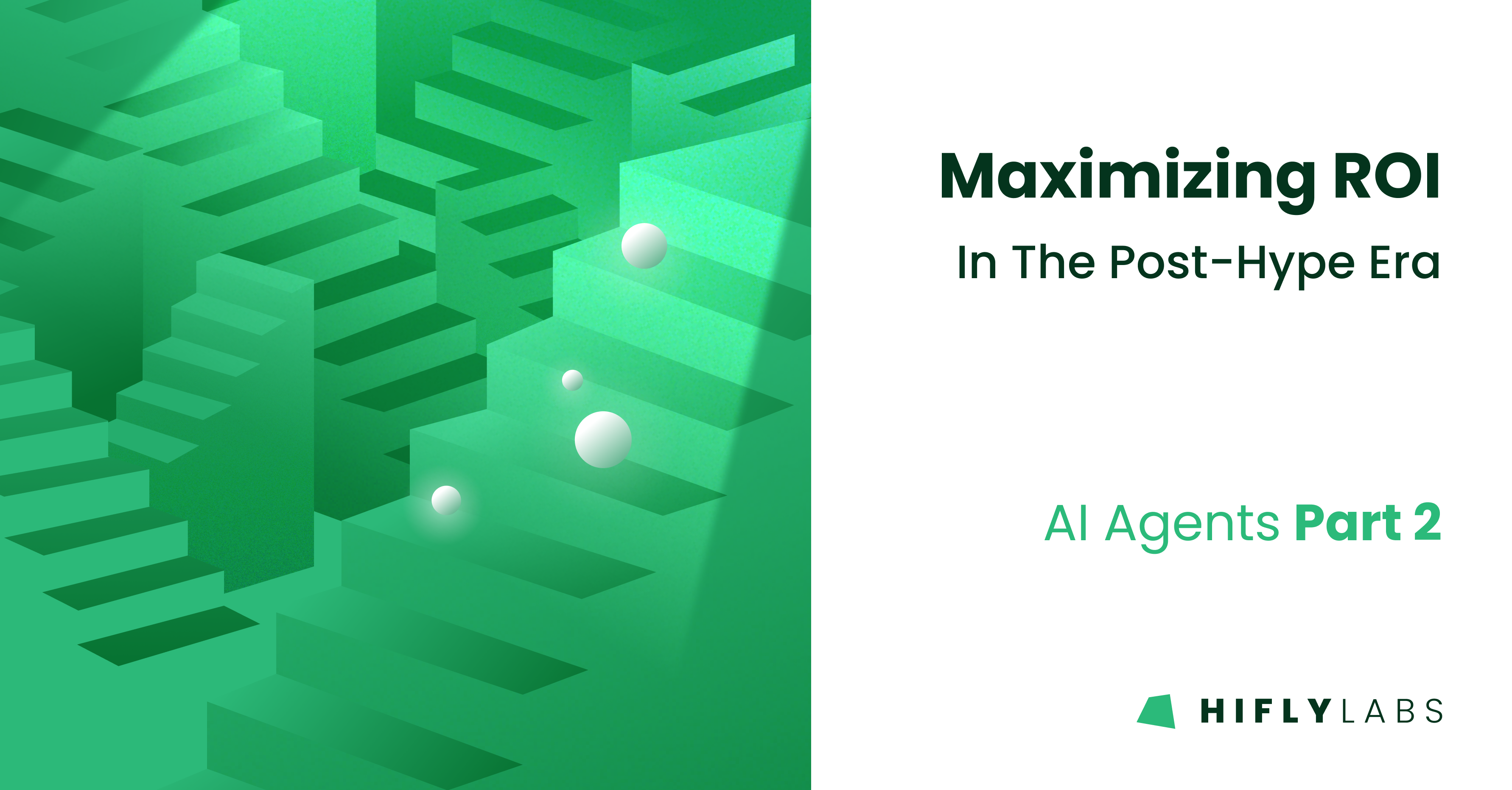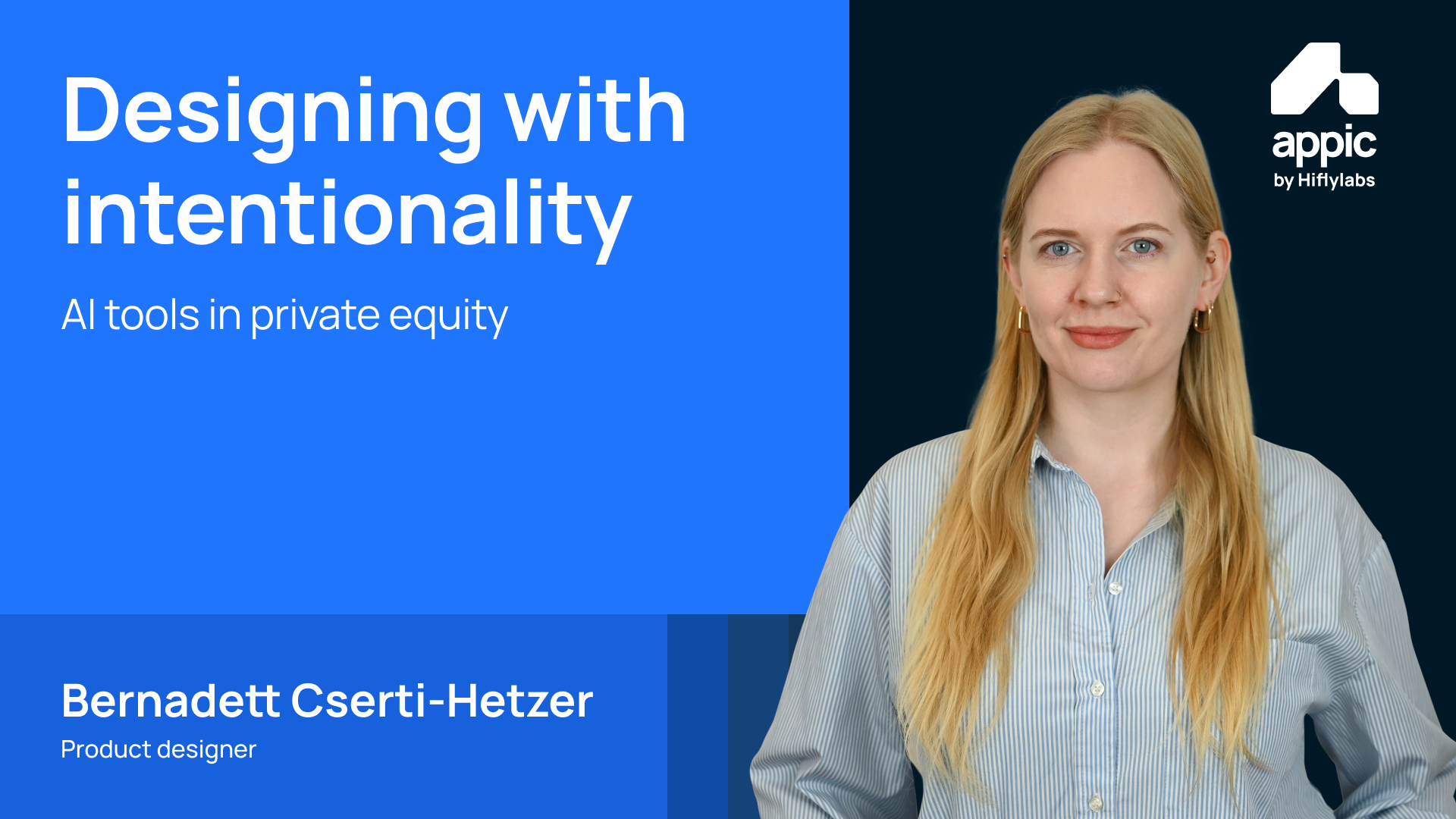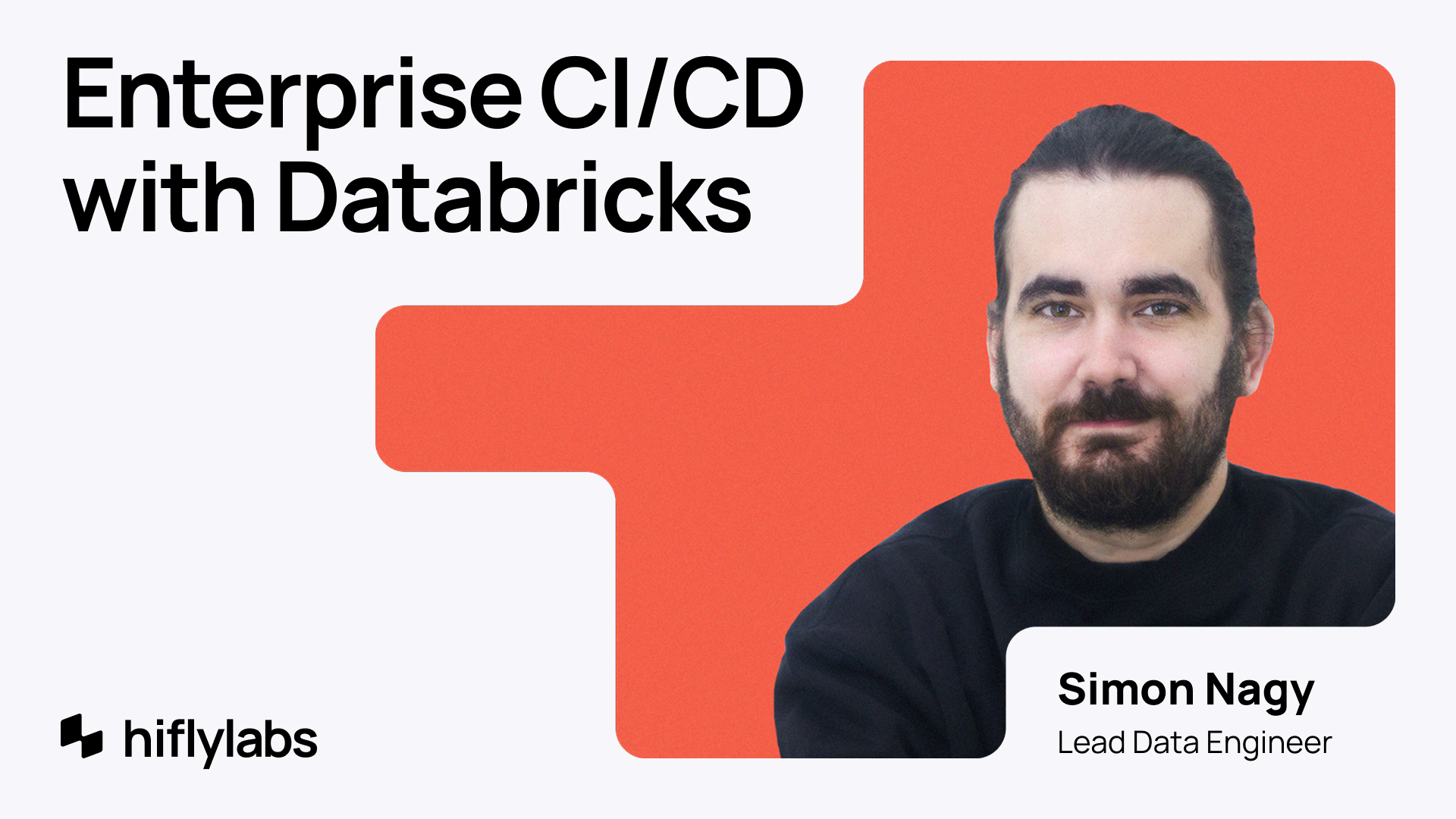In this article, we’re aiming to exercise situational awareness about the ongoing industrial revolution, identify top use cases with the most intrinsic value for specific sectors, and paint a clear vision about the midterm future of AI progress and what it means for businesses.
We have explored what AI agents are in our previous blog post, and our general approach to building them.
Now it’s time to showcase their business value.
First, let’s assess where we’re at currently:
We are arriving at the next stage in the AI hype cycle. People are realizing it's hard to build things with LLMs, as ‘wrappers’ are becoming obsolete very quickly.
Successful AI tools embed LLMs deeply and meaningfully inside applications, using good old software engineering. And yes, AI agents are still just software.
Generative AI hasn’t yet replaced the need for good developers.
Robust solutions need to overcome all the limitations of LLMs:
• Hallucination
• Unpredictability
• Handling the wide range of inputs a user can ask
These are not solved by just simple search functions and clever prompting. So forget wrappers, forget RAG, full agents are the future!
But what are we going to use them for, and will it be worth it?
ROI: The Numbers Are In
Let’s get this out of the way first: Does generative AI make money?
According to Google’s latest report, it does:
- 86% of organizations estimate 6% or more gains to overall annual revenue.
- 84% of organizations get from idea to production in 6 months.
- 74% of organizations are seeing ROI, right now.
- 63% of organizations have experienced business growth from GenAI.
Keep in mind that most projects that were measured here couldn’t yet include agents, as agentic methodology has only just begun to mature.
These impressive numbers were mainly produced by mere chatbots and function calls!
We fully expect more advanced avenues of process automation to prove even more lucrative.
And while these numbers are impressive, success with AI isn't just about implementation—but strategy.
What’s Important For Everyone?
Before wading through the preferences of specific industries, let’s see the factors of success that transcend sectors in generative AI integration:
- Both AI and human expertise is required for optimal performance.
- Unstructured data can finally be accessed, enriched and consolidated. Leverage it.
- Process automation is transforming work, and it’s still early days.
- New synergies emerge from the combination of traditional and bespoke AI methods.
- Continuous adoption, and platforms enabling this future-proof approach are increasingly a priority.
- Overcoming limitations of generative AI is achieved by taking the whole data lifecycle into account during end-to-end software development and tailoring the solutions to the use case at hand.
- Control (security of proprietary data and explainability of model outputs) and customization (fitting models to a given use case) are the primary reasons to build your own solutions.
Now that we've covered the universal constants, let's get into industry-specific applications.
What Use Cases Are Different Industries Focusing On?
Databricks and MIT Technology Review surveyed more than 600 C-level executives and senior tech decision makers to find out their priorities when it comes to data intelligence.
Their results echo our own experiences. Let’s review some of the sectors that were quickest to adopt GenAI.
Financial Services
Analytics and customer experience are the utmost priorities for those who mean business.
The founders of Hiflylabs have made their name by offering risk analysis and fraud detection for various financial institutions long before machine learning even became a buzzword.
With this new wave of AI, our opportunities have multiplied.
Banking, insurance, legal, M&A, private equity, investors and fintech players are all winners in this round.
Risk assessment for deals, evaluating company performance for potential investors, identifying anomalies in business records, or streamlining routine tasks are all made easier by the process automation offered by agentic AI ensembles.
Financial Times has even published an article titled “Automation is coming for private equity’s junior roles”!
And as for customer experience, QoL changes for fintech users are happening across the board. For example, our latest integration has resulted in 10x less administrative load for fintech users; while adopting AI agents in banking automated 90% customer service.
Retail & CPG
Retail and consumer packaged goods benefit from real-time analysis and insights the most.
Dynamic pricing and inventory optimization can not only result in a competitive edge, but also increase the sustainability of your operations in a tangible way. Identifying and predicting seasonal shifts in customer demand for certain products, and following customer behavior real-time will decrease your wastage—resulting in less pollutants heading into landfills and the environment
Optimizing your inventories and offerings, automating analytics subtasks and tailoring customer experience to their needs makes for a more profitable business.
Healthcare & Life Sciences
Artificial Intelligence at large will revolutionize robotic surgeries, drug discovery, longevity research and more.
But the short run will be all about assisting doctors in making more informed decisions by synthesizing all the unstructured data available in patient records in ways that just weren’t possible before.
Personalization and predictive diagnostics will be the most important advances generative AI brings to the table right now.
While AI regulations are just rolling in, the sector is already subject to some of the strictest policies regarding personal data security, which are about to tighten even further. As such, healthcare institutions need unified AI governance.
The operational challenge here is creating customized solutions that are on par with state-of-the-art products, and setting up streaming data workloads & AI personalization in isolated ecosystems.
We are currently neck-deep in multiple healthcare prospects, so we shan’t say any more for now—an upcoming post will be dedicated to the scope of these initiatives.
Manufacturing
If you have an assembly line, then supply chain optimization, quality control and automation are your obvious top AI use cases.
To be more specific, running simulations to find defects, creating a digital twin, setting alerts for predictive maintenance, or evaluating production models by an automated framework will boost your bottom line by saving you both time and costs.
Media & Entertainment
The analytical / business side of entertainment couldn’t be sunnier. Churn prevention is easier than ever, as real-time analytics can now be augmented by automated alerting and personalized outreach processes.
However, the long-run is a looming mountain of generated content. We are still at the very beginning of this paradigm shift, but ultimate levels of personalization in every possible multimedia format is coming our way. The silver lining will be compute getting cheaper and consuming less energy as time goes on.
Telecommunications
Telco prioritizes streaming workloads as an infrastructure priority, with quick adoption of emerging tech following close.
For residential services, the increasing automation of customer support and related quality control are finally technologically mature enough to feel useful. Chatbots are often people's first encounter with business AI, but historically these bots have struggled with complexity. Now, AI agents can even take actions on human customer support representatives’ behalf.
We’re also seeing the rise of real-time, automated translations which will have a global impact on all communication.
Furthermore, AI embedded into communication infrastructures is increasingly able to predict system issues and dynamically allocate resources for more reliable service.
Energy
AI automation revolutionizes the energy industry through predictive modeling, optimizing distribution and consumption while enhancing grid security.
Anomaly detection was already a use case with incredible ROI in this sector, further optimizing such systems with agentic decision-making is poised to generate even greater value.
The international energy market is a huge opportunity as well, as its sole reliance on predictive analytics makes it a prime candidate for agentic process optimization. Real-time trading, dynamic grid management, risk assessment, automated reporting, price and demand forecasting are all being utilized right now, and are immediate beneficiaries of further fine-tuning by AI.
Public Sector
Industry still dominates AI research—their results dwarf universities or government agencies.
The public sector is trying to catch up globally, with some countries being more successful than others.
Furthermore, all eyes are on policymakers who are left with figuring out governance.
Having said that, the states’ AI use cases are plenty and promising: predictive maintenance of public properties, real-time analytics of important data for timely intervention, public education reforms with revolutionary personalization, and overall process automation—all great prospects for the future.
The US government has recently made their top current AI use cases public. The Department of Energy is leveraging AI the most by far, followed by Health and Human Services, Commerce, and Homeland Security respectively.
And now, let’s zoom out again.
Looking beyond current applications, several factors could shape AI's trajectory.
Predicting Future Trends
We are aware that rapid technological progress can radically shift the course we all will take.
Here are some dynamics we can forecast relatively safely:
- AI agent governance practices will be natural parts of our workflows.
- By letting AI handle routine tasks, we’ll increasingly automate processes.
- Open source software, democratization of tech, and decentralized computing will become more important, while infrastructure costs and energy needs will decrease until they’re negligible.
- Multimodal and increasingly smart models will consolidate every type of data, and create new synergies we’re not even aware of yet.
- New forms of collaboration will emerge.
- Previously intractable simulations will become possible, producing further value. Key areas that can take off, sooner than most of us realize:
- Materials Discovery
- Advanced Semiconductors
- Climate Change
- Fundamental Physics
- Human Behavior and Organizations
- Life Sciences
- Medical diagnosis and prediction
- Ultra-personalization of medicine
- Disease detection and early intervention
- Design of novel therapeutic agents
- Cellular functioning
- Bioscience from molecular levels to ecosystems
- Advanced AI reasoning and agentic behavior will make development much more abstract, and efficient human-computer interfacing will become more important.
- AI progress will not hit a wall, nor will we run out of training data. Progress may come in steps, instead of shooting up as a sharp exponential line, but it won’t stop in the foreseeable future.
- We will get used to every advance that seems magical and unbelievable from today’s perspective.
Conclusions
People across all industries are more cognizant of AI’s potential impact—but the use cases and technical solutions that carry the most value can continue to elude people as tech advances are happening faster than most organizations are used to responding.
2024 is the year of AI agents. Will 2025 be about them still? We can only expect the unexpected, and prepare for the next step of evolution.
You have to be ready to dramatically accelerate the democratization of data and AI in the enterprise, and incorporate today’s solutions into a unified data intelligence foundation.
Only those ready for continuous adaptation will achieve future-proof scalability and robustness, and strike real gold with AI.




